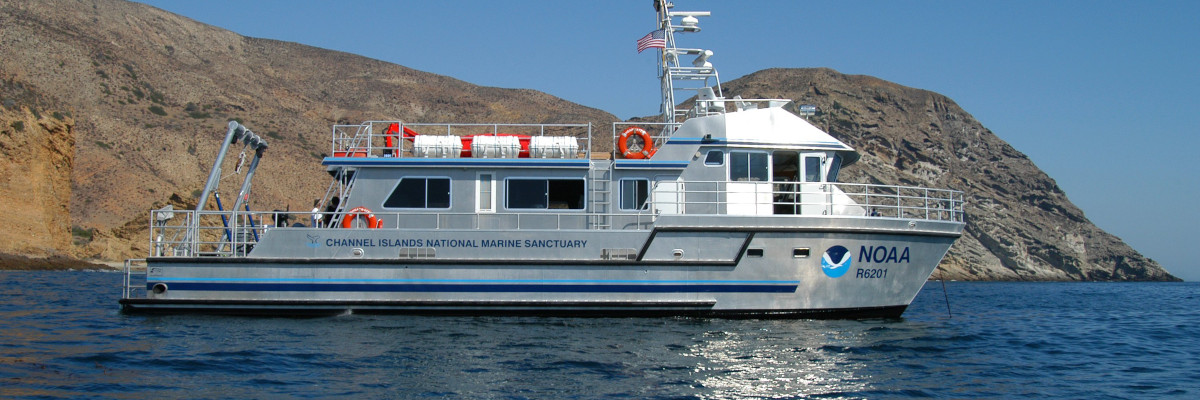To manage marine ecosystems proactively, it is important to identify species at risk and habitats critical for conservation. Climate change scenarios have predicted an average sea surface temperature (SST) rise of 1–6 °C by 2100, which could affect the distribution and habitat of many marine species. Here we examine top predator distribution and diversity in the light of climate change using a database of 4,300 electronic tags deployed on 23 marine species from the Tagging of Pacific Predators project, and output from a global climate model to 2100. On the basis of models of observed species distribution as a function of SST, chlorophyll a and bathymetry, we project changes in species-specific core habitat and basin-scale patterns of biodiversity. We predict up to a 35% change in core habitat for some species, significant differences in rates and patterns of habitat change across guilds, and a substantial northward displacement of biodiversity across the North Pacific. For already stressed species, increased migration times and loss of pelagic habitat could exacerbate population declines or inhibit recovery. The impending effects of climate change stress the urgency of adaptively managing ecosystems facing multiple threats.
Predicted habitat shifts of Pacific top predators in a changing climate
Publication date
September 23, 2012
Abstract
Journal
Nature
DOI
https://doi.org/10.1038/nclimate1686
Region
California Current
